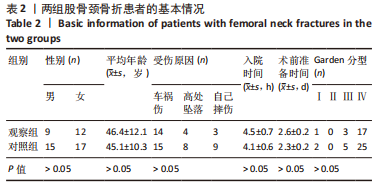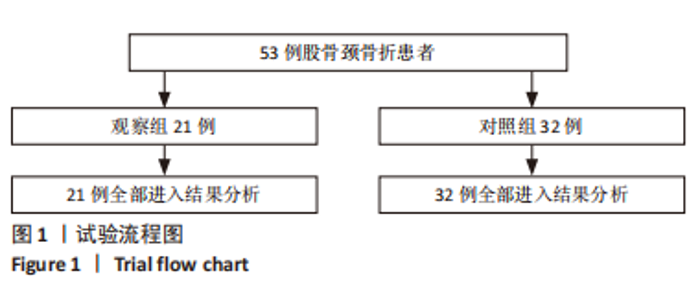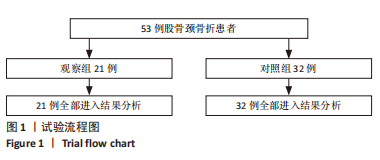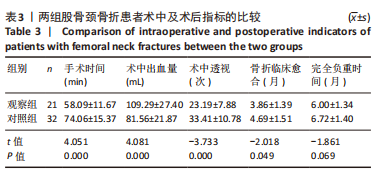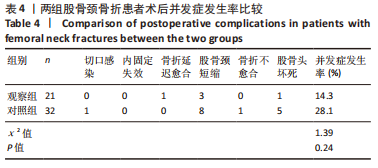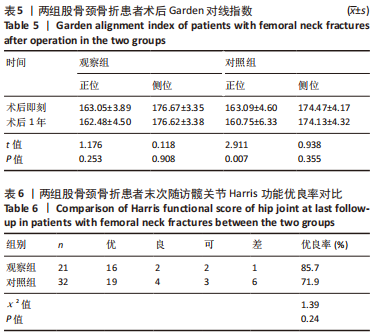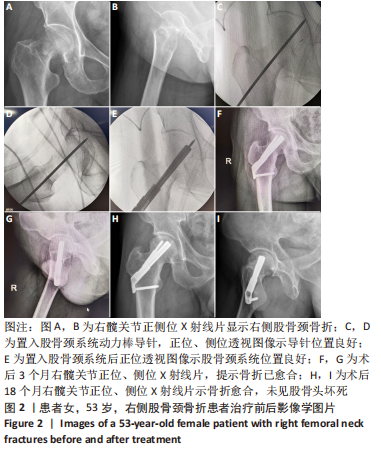[1] RAPP K, BÜCHELE G, DREINHÖFER K, et al. Epidemiology of hip fractures : Systematic literature review of German data and an overview of the international literature. Z Gerontol Geriatr. 2019;52(1):10-16.
[2] 李兴国,邓叶龙,刘朝晖,等.中国老年髋部骨折流行性病学特征分析[J].实用骨科杂志,2021,27(7):601-606.
[3] KANE C, JO J, SIEGEL J, et al. Can we predict failure of percutaneous fixation of femoral neck fractures? Injury. 2020;51(2):357-360.
[4] 阮哲,朱勇,林涨源,等.正三角和倒三角排列空心螺钉治疗股骨颈骨折的系统评价[J].中国组织工程研究,2020,24(6):924-930.
[5] WANG Z, YIN Y, LI Q, et al. Comparison of early complications between the use of a cannulated screw locking plate and multiple cancellous screws in the treatment of displaced intracapsular hip fractures in young adults: a randomized controlled clinical trial. J Orthop Surg Res. 2018;13(1):201.
[6] 杜兵,马腾,路遥,等.新型股骨颈内固定系统与3枚空心钉加内侧钢板固定青壮年Pauwels Ⅲ型股骨颈骨折的有限元分析[J].中华老年骨科与康复电子杂志,2021,7(6):333-338.
[7] 李建涛,张里程,徐高翔.股骨近端三角形结构重建失效对骨折手术失败的影响[J].中华骨科杂志,2020,40(14):928-935.
[8] HARRIS WH. Traumatic arthritis of the hip after dislocation and acetabular fractures: treatment by mold arthroplasty. An end-result study using a new method of result evaluation. J Bone Joint Surg Am. 1969;51(4):737-755.
[9] 任思俊,曹志鹏,徐饶,等.经皮空心加压螺钉联合内侧支撑钢板置入治疗青壮年改良Pauwels Ⅲ型股骨颈骨折的2年随访[J].中国组织工程研究,2021,25(27):4354-4360.
[10] XIA Y, ZHANG W, ZHANG Z, et al. Treatment of femoral neck fractures: sliding hip screw or cannulated screws? A meta-analysis. J Orthop Surg Res. 2021;16(1):54.
[11] LI J, YIN P, ZHANG L, et al. Medial anatomical buttress plate in treating displaced femoral neck fracture a finite element analysis. Injury. 2019; 50(11):1895-1900.
[12] LI J, ZHAO Z, YIN P, et al. Comparison of three different internal fixation implants in treatment of femoral neck fracture-a finite element analysis. J Orthop Surg Res. 2019;14(1):76.
[13] TANG Y, ZHANG Z, WANG L, et al. Femoral neck system versus inverted cannulated cancellous screw for the treatment of femoral neck fractures in adults: a preliminary comparative study. J Orthop Surg Res. 2021;16(1):504.
[14] 姜志圣,李振杰,张凯凯.股骨颈系统与空心加压螺钉固定60岁以下患者股骨颈骨折的临床效果对比[J].广州医药,2022,53(4):60-64.
[15] 殷浩,周恩昌,潘政军,等. 4 枚空心钉与 3 枚空心钉结合支持钢板内固定治疗 Pauwels Ⅲ 型股骨颈骨折的有限元分析[J].中国组织工程研究,2019,23(32):5133-5137.
[16] HUANG TW, HSU WH, PENG KT, et al. Effect of integrity of the posterior cortex in displaced femoral neck fractures on outcome after surgical fixation in young adults. Injury. 2011;42(2):217-222.
[17] SLOBOGEAN GP, SPRAGUE SA, SCOTT T, et al. Complications following young femoral neck fractures. Injury. 2015;46(3):484-491.
|

